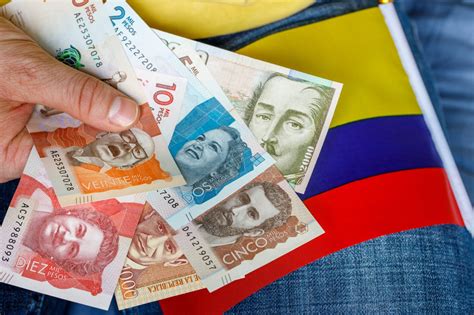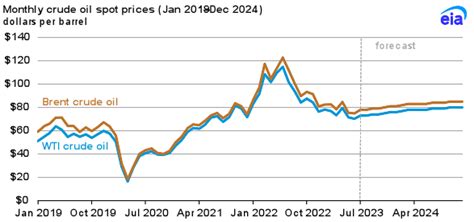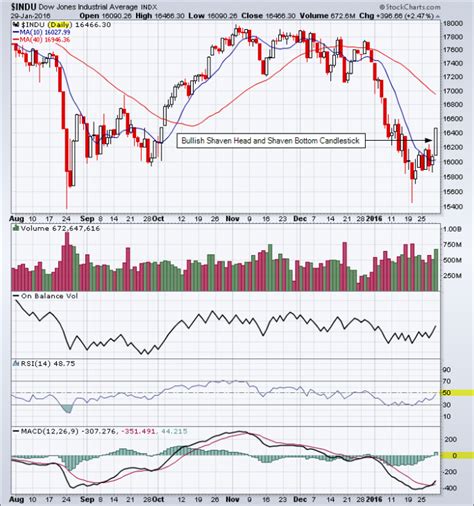Understanding the Relationship
The exchange rate between the United States dollar (USD) and the Colombian peso (COP) plays a pivotal role in shaping international trade, investment, and tourism. In 2025, this exchange rate is projected to continue its dynamic evolution, driven by a complex interplay of economic, political, and financial factors.

Historical Trends and Future Projections
Over the past decade, the COP has experienced a gradual devaluation against the USD. According to the World Bank, the average exchange rate in 2015 was 2,776 COP per USD. By December 2022, this had risen to 4,864 COP per USD.
Looking ahead, the International Monetary Fund (IMF) projects that the COP will further depreciate in 2025. Their forecast suggests an exchange rate of 5,200 COP per USD, representing a 5.6% devaluation from the current rate.
Key Drivers of Exchange Rate Fluctuations
Several factors influence the USD/COP exchange rate, including:
- Economic Growth: A strong Colombian economy tends to attract foreign investment, leading to increased demand for COP and a stronger exchange rate.
- Interest Rates: The relative difference in interest rates between the US and Colombia affects the flow of funds. Higher interest rates in the US attract foreign investment, strengthening the USD against the COP.
- Inflation: Differences in inflation rates between the two countries can impact exchange rates as investors seek to preserve the value of their assets.
- Political Stability: Political uncertainty or instability in Colombia can weaken investor confidence and lead to a weaker COP.
- Global Economic Conditions: Economic conditions in the US and other major economies can also influence the supply and demand of both USD and COP in the global market.
Implications for Businesses and Investors
The fluctuating exchange rate has significant implications for businesses and investors involved in cross-border transactions.
- Importers and Exporters: Importers of goods from the US will face higher costs due to the weaker COP, while exporters will benefit from increased competitiveness in the international market.
- Foreign Investors: Foreign investors in Colombia may experience lower returns on their investments due to the devaluation of the COP.
- Tourists: American tourists visiting Colombia will find their dollars going further, while Colombian tourists traveling to the US will encounter more expensive costs.
Strategies for Managing Exchange Rate Risk
To mitigate the risks associated with exchange rate fluctuations, businesses and investors can employ various strategies:
- Hedging: Using financial instruments to offset potential losses or gains resulting from exchange rate movements.
- Diversification: Investing in assets denominated in multiple currencies to reduce exposure to a single currency.
- Currency Forecasting: Monitoring economic indicators and using forecasting tools to anticipate future exchange rate trends.
The Future of the USD/COP Exchange Rate
The future trajectory of the USD/COP exchange rate remains uncertain, but several factors suggest that it will continue to be volatile. These include:
- Colombia’s Economic Outlook: The strength of Colombia’s economy will play a major role in shaping the COP’s value.
- US Monetary Policy: Interest rate decisions by the US Federal Reserve will influence the global demand for USD and, consequently, the COP.
- Global Economic Conditions: A recession or economic slowdown in the US or other major economies could weaken the demand for COP.
Conclusion
The USD/COP exchange rate is a complex and dynamic financial indicator influenced by a multitude of factors. By understanding the drivers of exchange rate fluctuations and employing effective strategies to manage risk, businesses and investors can navigate the challenges and capitalize on the opportunities presented by this ever-evolving financial landscape.
Tables
| Year | Avg. Exchange Rate (COP/USD) | Change from Previous Year |
|---|---|---|
| 2015 | 2,776 | – |
| 2016 | 3,045 | 9.7% |
| 2017 | 2,983 | -2.0% |
| 2018 | 3,052 | 2.3% |
| 2019 | 3,288 | 7.7% |
| 2020 | 3,850 | 17.1% |
| 2021 | 4,034 | 4.8% |
| 2022 | 4,864 | 20.6% |
| 2023 (Proj.) | 4,950 | 1.7% |
| 2024 (Proj.) | 5,050 | 2.0% |
| 2025 (Proj.) | 5,200 | 2.9% |
| Key Factors | Impact on USD/COP Exchange Rate |
|---|---|
| Economic Growth (Colombia) | Stronger economy, stronger COP |
| Economic Growth (US) | Weaker US economy, weaker USD |
| Interest Rates (Colombia) | Higher interest rates, stronger COP |
| Interest Rates (US) | Higher interest rates, stronger USD |
| Inflation (Colombia) | Higher inflation, weaker COP |
| Inflation (US) | Higher inflation, weaker USD |
| Political Stability (Colombia) | Uncertainty, weaker COP |
| Global Economic Conditions | Recession, weaker USD |
Tips and Tricks
- Monitor economic news and data to stay informed about factors affecting exchange rates.
- Use currency forecasting tools or consult with financial experts to anticipate future trends.
- Diversify investments across different currencies to reduce exposure to exchange rate risks.
- Consider hedging strategies to offset potential losses or gains resulting from currency fluctuations.
- Stay up-to-date on political and economic developments in both the US and Colombia.
Conclusion
By embracing these tips and strategies, businesses and investors can proactively manage the risks and reap the rewards of the evolving USD/COP exchange rate landscape.



